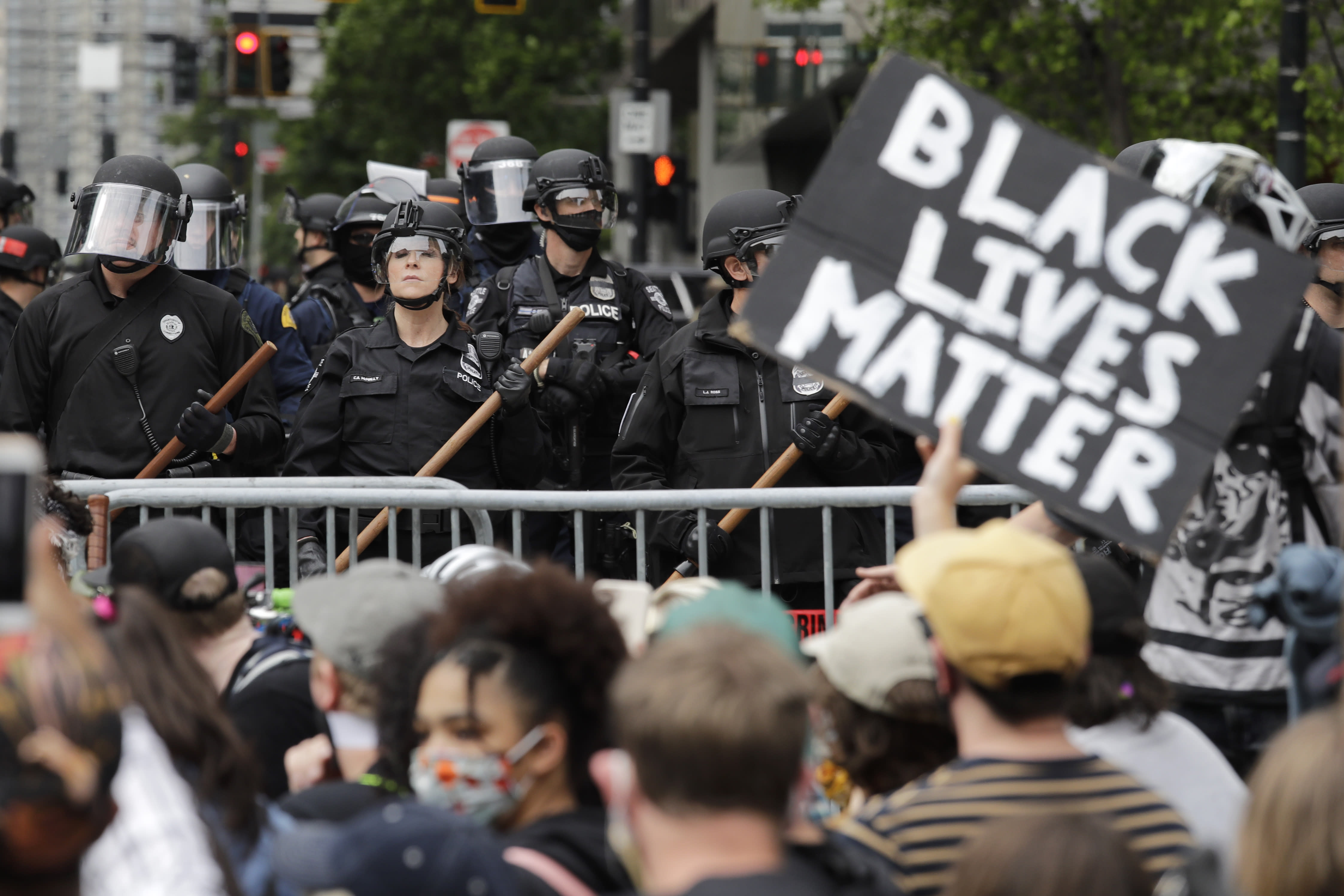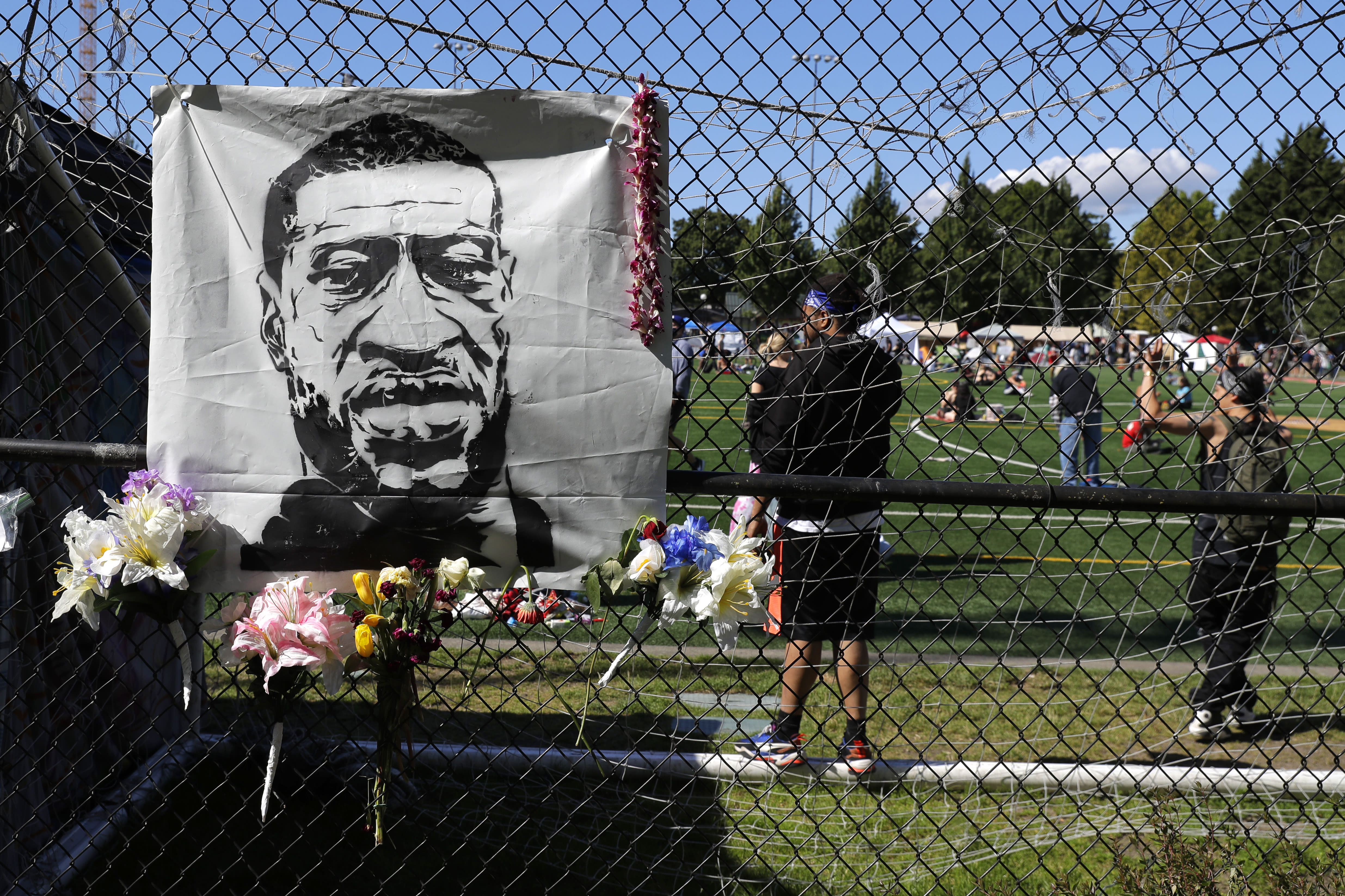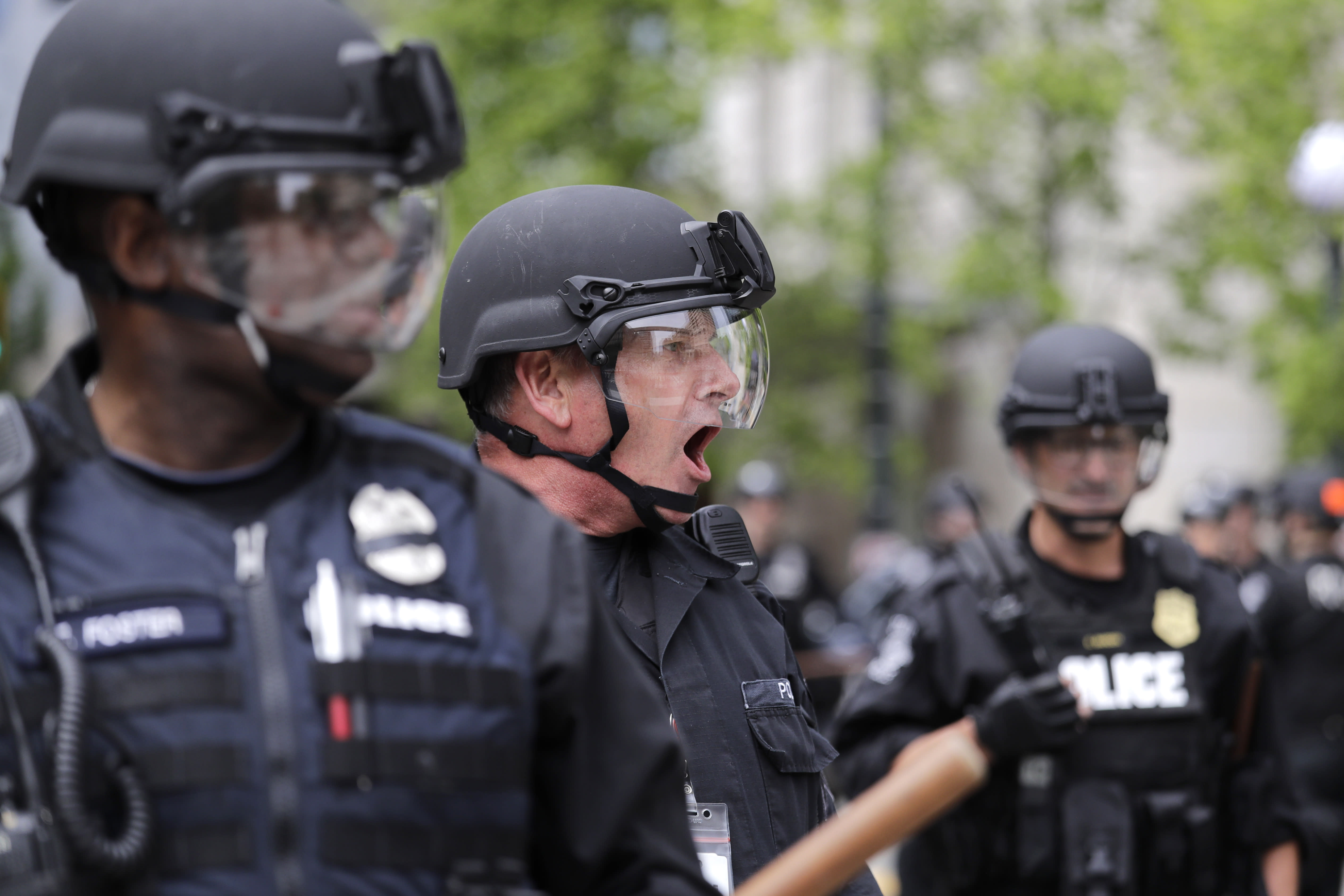SUPER SPREADER EVENT
HUMAN SACRIFICE BY TRUMP TO WIN RE-ELECTION
Epidemiologist calls upcoming Trump rally 'perfect storm' for coronavirus spread
Big crowds and lines already forming in Tulsa. My campaign hasn’t started yet. It starts on Saturday night in Oklahoma!
— Donald J. Trump (@realDonaldTrump) June 19, 2020
Trump supporters began lining up outside the BOK Center days in advance of the rally.
"Sacrificing a week of our lives is nothing for what Trump has done for us," Robin Stites, who arrived on Monday to secure the No. 2 place in line, told the The Oklahoman earlier this week.
Epidemiologist calls upcoming Trump rally 'perfect storm' for coronavirus spread
Big crowds and lines already forming in Tulsa. My campaign hasn’t started yet. It starts on Saturday night in Oklahoma!
— Donald J. Trump (@realDonaldTrump) June 19, 2020
Trump supporters began lining up outside the BOK Center days in advance of the rally.
"Sacrificing a week of our lives is nothing for what Trump has done for us," Robin Stites, who arrived on Monday to secure the No. 2 place in line, told the The Oklahoman earlier this week.
YOU WILL BE SACRIFICING MORE THAN THAT
IF YOU GET COVID-19
MOLOCH
Attorneys in Tulsa filed a lawsuit earlier this week on behalf of two businesses and two residents to stop ASM Global, which manages the 19,000-seat arena, from hosting the rally "to protect against a substantial, imminent and deadly risk to the community."
They argued the rally should be prohibited because it would act as a "spreader" event for the transmission of the COVID-19 virus. Paul DeMuro, a lawyer who brought the case, said the goal was to enforce Centers for Disease Control and Prevention guidlines.
The petition cited a rise in documented cases of COVID-19 in Tulsa County, which have spiked in recent days. Oklahoma set a new state record for case increases in a single day on Thursday, confirming 450 new cases. The state added 352 new cases on Friday, giving it 802 new cases in two days.
They argued the rally should be prohibited because it would act as a "spreader" event for the transmission of the COVID-19 virus. Paul DeMuro, a lawyer who brought the case, said the goal was to enforce Centers for Disease Control and Prevention guidlines.
The petition cited a rise in documented cases of COVID-19 in Tulsa County, which have spiked in recent days. Oklahoma set a new state record for case increases in a single day on Thursday, confirming 450 new cases. The state added 352 new cases on Friday, giving it 802 new cases in two days.
Countless Americans have begun descending on the city of Tulsa, Okla., where President Trump plans to hold a rally on Saturday — and where an estimated 100,000 people are expected to gather. The event was initially scheduled for Friday, then moved back a day in recognition of Juneteenth (and, more specifically, a race massacre that occurred there in 1921).
Concerns about the safety of the event have been mounting, especially in the wake of news that cases of COVID-19 are spiking in Tulsa. But some local leaders have expressed gratitude that the event is being held there, including the city’s Republican mayor, G.T. Bynum, who dubbed it an “honor.”
With more than 8.5 million cases of the coronavirus worldwide, and clear messages from the Centers for Disease Control and Prevention about the dangers of large indoor gatherings, epidemiologists aren’t quite as enthused. “Any large crowd has the ability to increase your transmission, but this is the perfect storm of people being packed in an arena in close proximity to one another,” Marya Ghazipura, an epidemiologist and biostatistician serving on New York City’s COVID-19 Scientific Advisory Council, tells Yahoo Life.
The Trump campaign has announced that it will be taking precautions. “The campaign takes the health and safety of rally-goers seriously and is taking precautions to make the rally safe,” Erin Perrine, deputy communications director for the Trump campaign, said in a statement to Axios. “Every single rally-goer will have their temperature checked, be provided a face mask and hand sanitizer.”

Epidemiologists are expressing concern about an upcoming Trump rally that's expected to attract hundreds of thousands. Here, a Trump supporter holds a sign in New York City on May 5. (Photo: Getty Images)
Still, given that the virus can spread even in the midst of these safety measures — how dangerous is an indoor rally, and how does that compare with the protests that have been happening nationwide?
Saskia Popescu, an infection prevention epidemiologist at George Mason University, has reservations. “There are several concerning factors for this — first, COVID-19 cases are on the rise in Oklahoma, and especially in Tulsa, which means the state and city are experiencing higher rates of COVID-19 than they’ve seen this entire pandemic. Second, an indoor event with lots of people in close quarters for a prolonged period of time, and likely shouting and yelling, is as high on the risk index as you can get,” Popescu tells Yahoo Life in an email. “Third, President Trump has repeatedly said he won’t wear masks in front of cameras, which might discourage people at the rally to also follow his lead, thus increasing risk.”
Ghazipura echoes her points, stressing the increased danger of being in an enclosed space. “The chances of transmitting the virus is nearly 19 times higher indoors compared to outdoors. The idea is that open spaces and outdoor airflow have the ability to dilute the effects of the virus,” says Ghazipura. “Even the sun can help reduce transmission. Indoor rallies certainly pose a significant risk because people are not able to be as mobile as they otherwise would be, people are in close to proximity to one another and they cannot escape one another very easily, and the airflow on ventilation is a huge issue when it comes to large gatherings, such as these rallies.”
On top of the lack of ability to move around, Ghazipura says being indoors for a long period of time allows the virus time to spread easily. “Just talking aloud can expel droplets that remain in the air for up to 14 minutes,” she says. “But that risk is much lower outdoors.” It’s for these reasons that she says the protests taking place nationwide in support of Black Lives Matter are lower-risk.
Popescu agrees. “Outdoor events provide an advantage in that they offer natural ventilation, but also often extra space to ensure social distancing. Indoor definitely carries more risk than outdoor,” says Popescu. “Moreover, I worry that while protesters appeared to be quite compliant with mask usage and there was a lot of attention to the risks and efforts to reduce them, President Trump’s messaging on the pandemic and masks might discourage attendees from being safe by wearing masks, staying home if they’re not feeling well or at increased risk, or in general it encourages people to attend large indoor events with a lot of people in a state and city experiencing a large surge in COVID-19 cases.”
In terms of prevention, both Ghazipura and Popescu suggest following guidelines set out by the CDC. “If you are attending, masks are vital, and eye protection can be an added bonus,” says Popescu. “Try to stick to less-crowded areas and use hand hygiene. Moreover, it’s encouraged to quarantine at home for 14 days after the event.”
But even if precautions are followed, Ghazipura says there is a chance that an uptick could occur afterward. “From an epidemiological standpoint, we do fear that the numbers and hospitalizations will only get worse due to these large gatherings,” she says. “I implore you to take these universal precautions to help not only mitigate spread but also protect you and your loved ones. Know that regardless of where you are, whether it's indoors or outdoors, being in a large crowd comes with a risk.”













 NYPD officers stand in formation as nearby demonstrators hold an anti-racism rally in Times Square, June 1, 2020, in New York City. Scott Heins/Getty Images NOT WEARING MASKS WAS ILLEGAL AT THE TIME IN THE CITY AND STATE.
NYPD officers stand in formation as nearby demonstrators hold an anti-racism rally in Times Square, June 1, 2020, in New York City. Scott Heins/Getty Images NOT WEARING MASKS WAS ILLEGAL AT THE TIME IN THE CITY AND STATE.







 gettyimages-1248266122.jpg
gettyimages-1248266122.jpg


